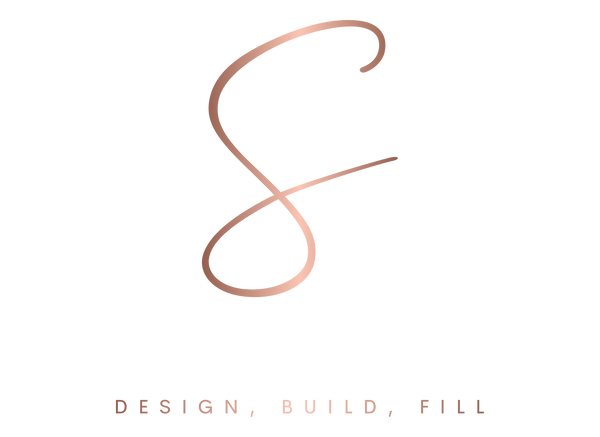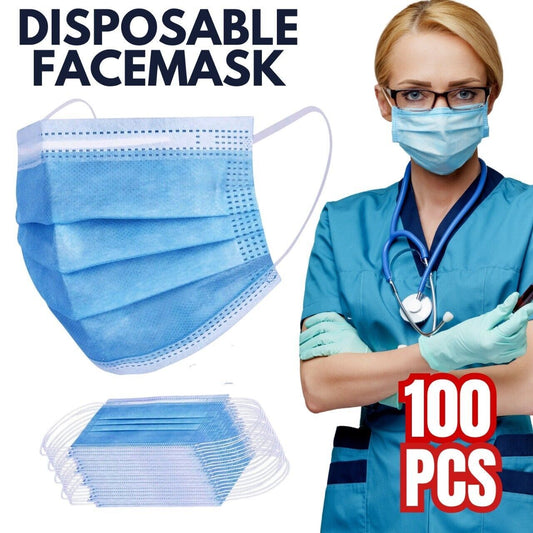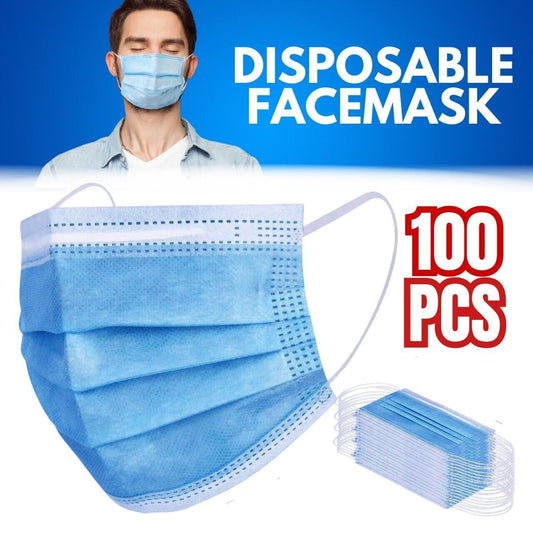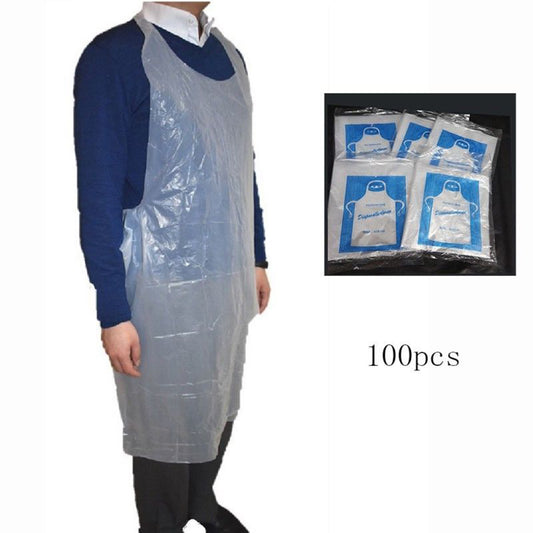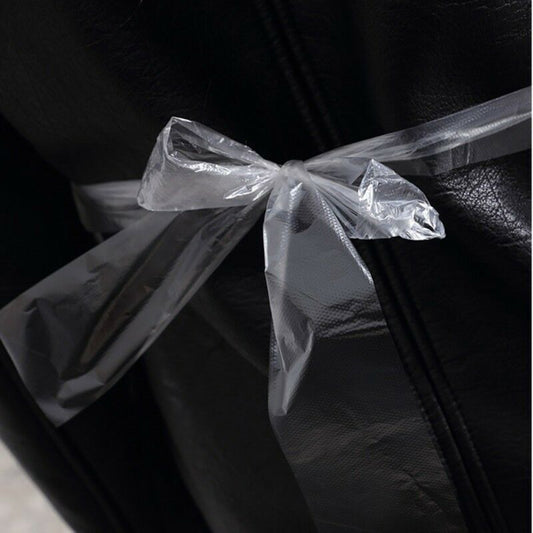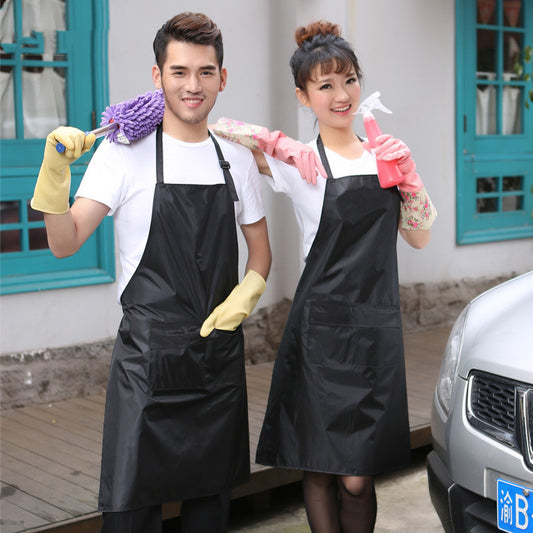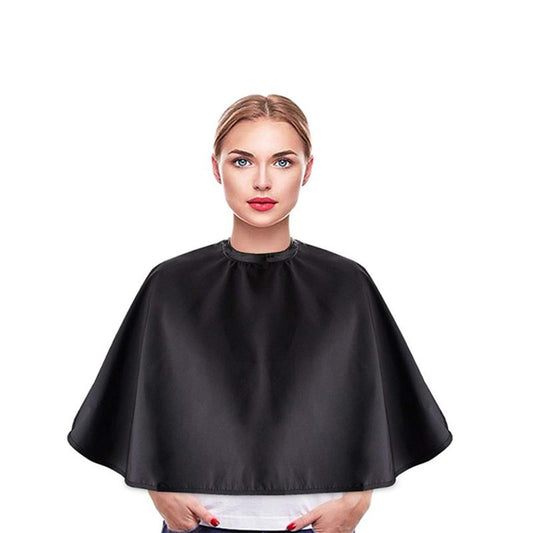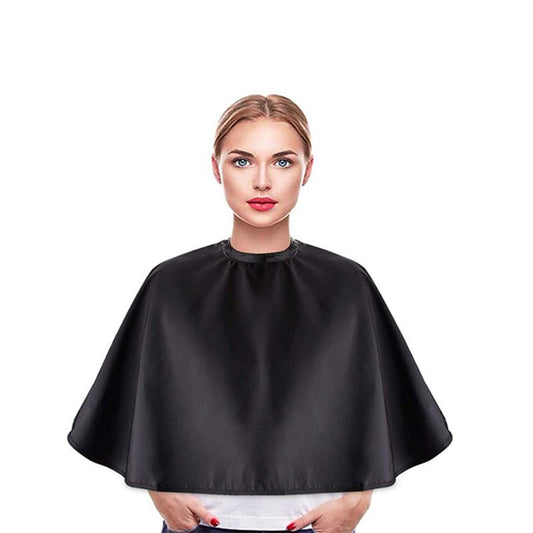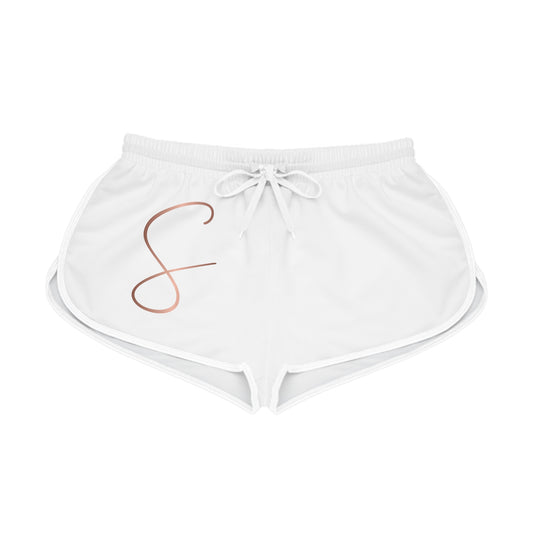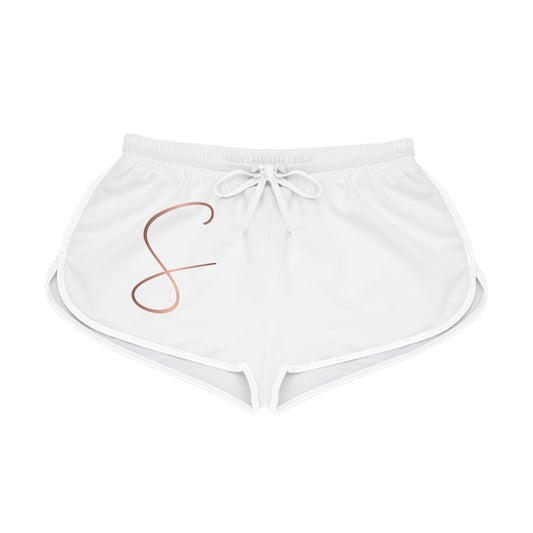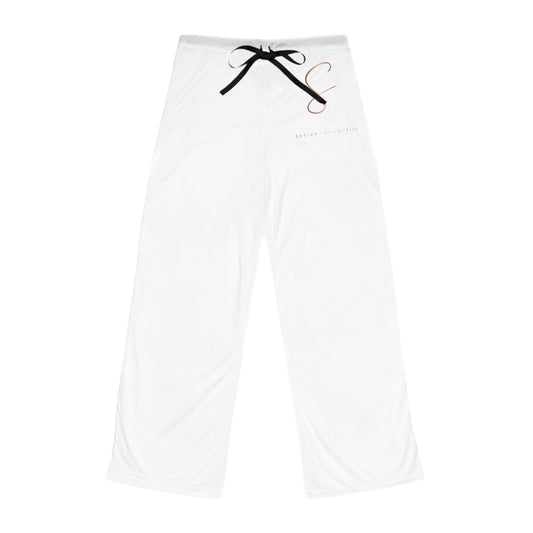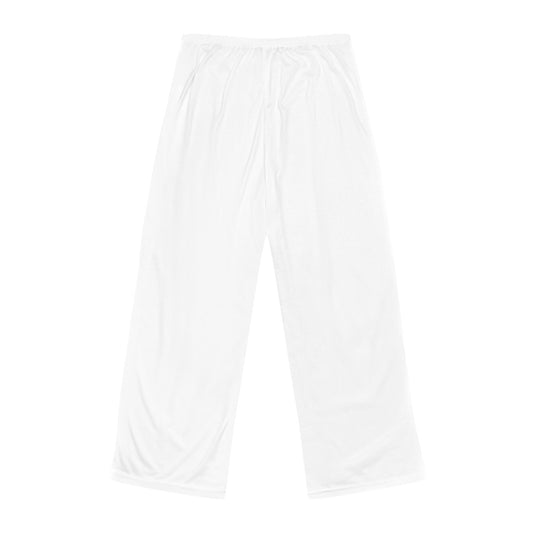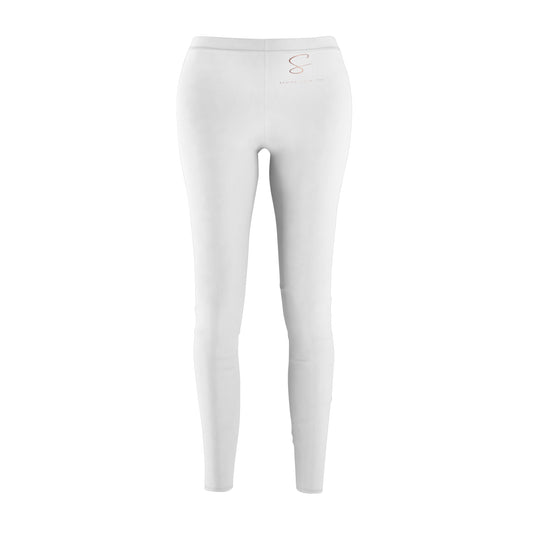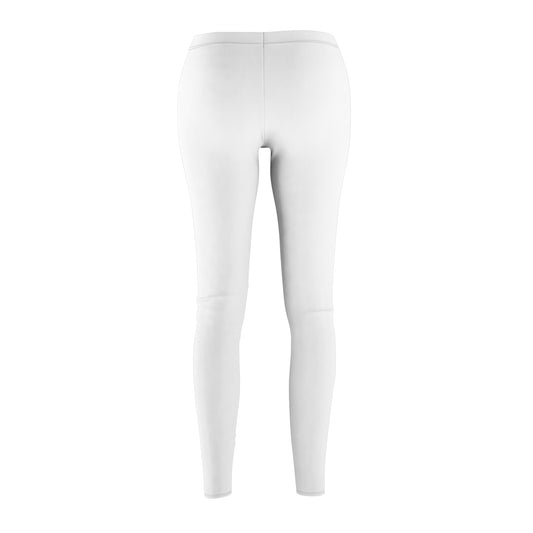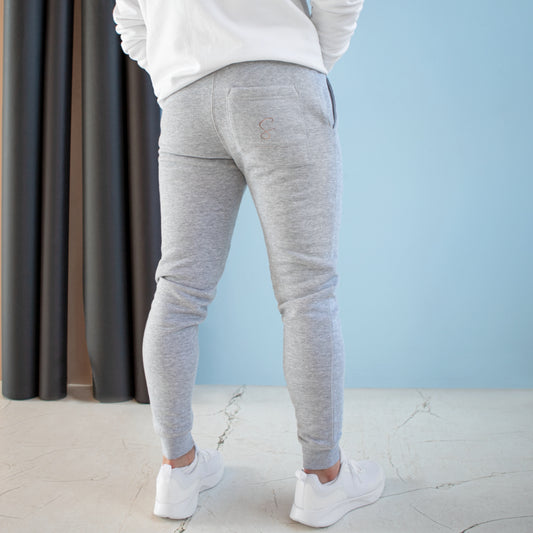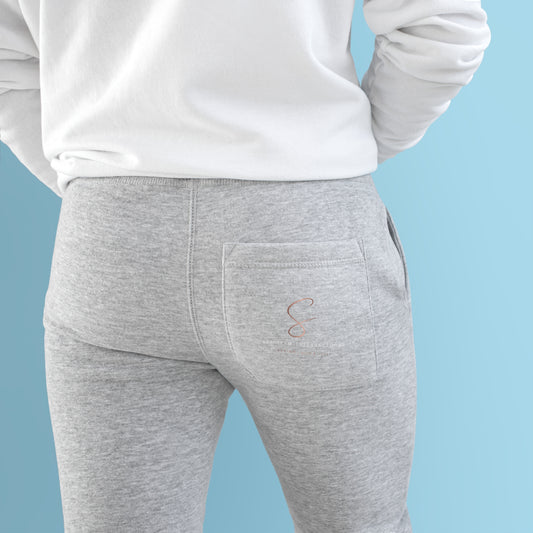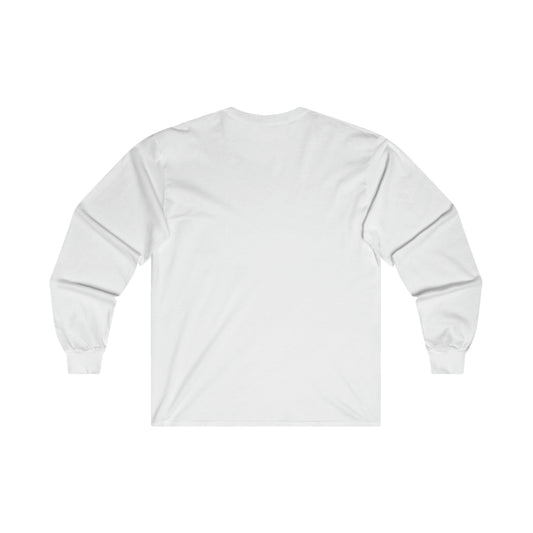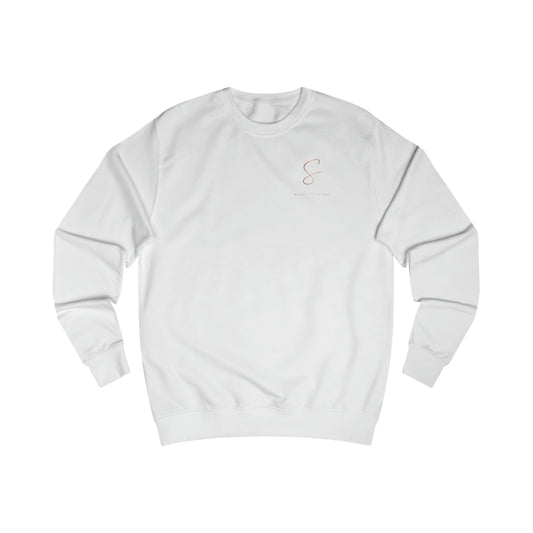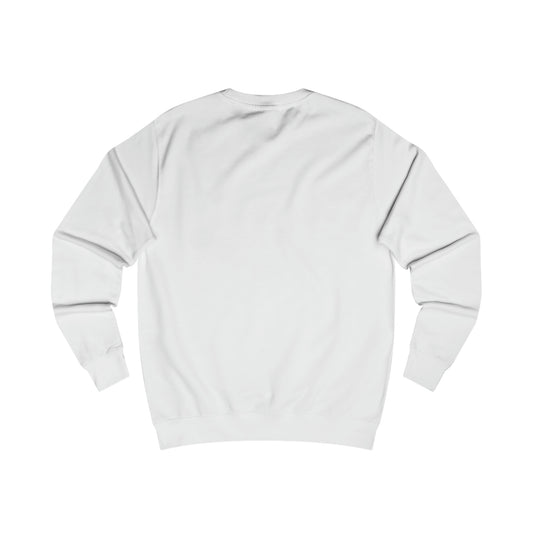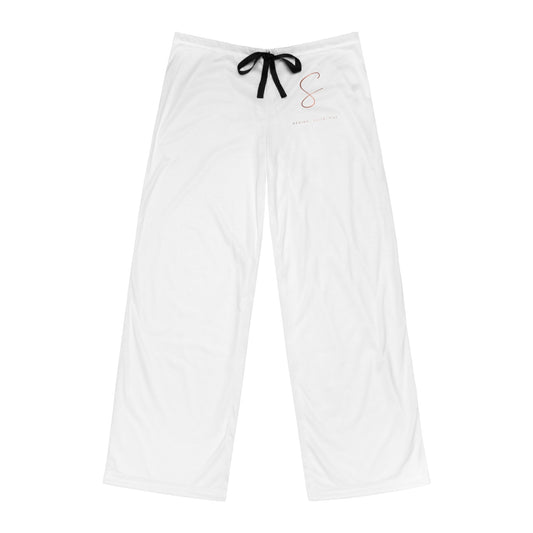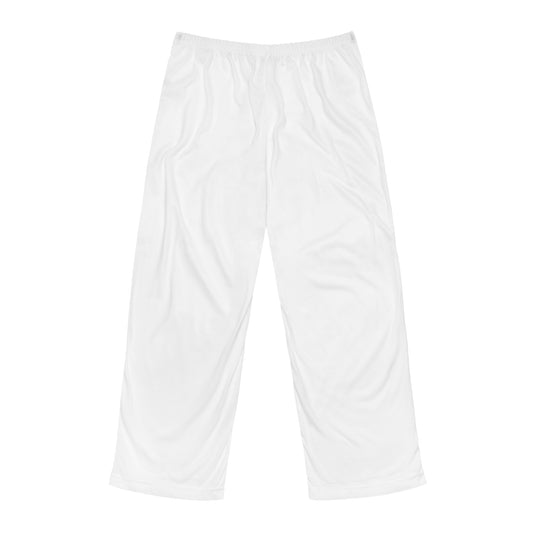Collection: Body Garment Protection
When it comes to body spa and salon services, garment protection we have you covered ....... These garments are essential to maintain hygiene and protect both clients and practitioners. Here are some common types of garment protection used in body spa and salon settings:
Disposable Spa Aprons: Disposable aprons are lightweight covers that are used to protect clothing during body treatments, massages, or other spa services. They are usually made from non-woven materials or plastic and are designed to be worn over regular clothing. Disposable spa aprons are easy to use, hygienic, and can be discarded after each use.
Salon Capes: Salon capes are commonly used to protect clients' clothing during hair cutting, styling, or color treatments. They are usually made from water-resistant materials such as vinyl or nylon and have adjustable closures to ensure a comfortable fit. Salon capes can be reused but should be properly cleaned and sanitized after each use.
Spa Robes: Spa robes are comfortable, loose-fitting garments provided to clients in spa and wellness facilities. These robes are generally made from soft, absorbent materials like cotton or microfiber. They are used to cover the body during relaxation periods, in-between treatments, or during saunas and steam rooms. Spa robes should be regularly laundered to maintain cleanliness.
Disposable Undergarments: Disposable undergarments, such as disposable briefs or bras, are used in body treatments, massages, or when customers are required to remove their clothing. These undergarments are designed for single-use, providing hygiene and modesty. They are typically made from non-woven materials and should be disposed of after each use.
Gloves: As mentioned earlier, gloves also play a vital role in body spa and salon services. Estheticians, masseuses, and salon professionals should wear gloves to maintain hygiene when performing facial treatments, massages, or applying salon products. Nitrile or latex gloves are often recommended for their flexibility, comfort, and protection against potential contaminants.
Remember, appropriate garment protection is necessary to create a safe and hygienic environment for both clients and practitioners. It is essential to follow industry regulations and best practices for cleaning, sanitizing, and disposing of these garments to ensure a high standard of hygiene and customer satisfaction.
Disposable Spa Aprons: Disposable aprons are lightweight covers that are used to protect clothing during body treatments, massages, or other spa services. They are usually made from non-woven materials or plastic and are designed to be worn over regular clothing. Disposable spa aprons are easy to use, hygienic, and can be discarded after each use.
Salon Capes: Salon capes are commonly used to protect clients' clothing during hair cutting, styling, or color treatments. They are usually made from water-resistant materials such as vinyl or nylon and have adjustable closures to ensure a comfortable fit. Salon capes can be reused but should be properly cleaned and sanitized after each use.
Spa Robes: Spa robes are comfortable, loose-fitting garments provided to clients in spa and wellness facilities. These robes are generally made from soft, absorbent materials like cotton or microfiber. They are used to cover the body during relaxation periods, in-between treatments, or during saunas and steam rooms. Spa robes should be regularly laundered to maintain cleanliness.
Disposable Undergarments: Disposable undergarments, such as disposable briefs or bras, are used in body treatments, massages, or when customers are required to remove their clothing. These undergarments are designed for single-use, providing hygiene and modesty. They are typically made from non-woven materials and should be disposed of after each use.
Gloves: As mentioned earlier, gloves also play a vital role in body spa and salon services. Estheticians, masseuses, and salon professionals should wear gloves to maintain hygiene when performing facial treatments, massages, or applying salon products. Nitrile or latex gloves are often recommended for their flexibility, comfort, and protection against potential contaminants.
Remember, appropriate garment protection is necessary to create a safe and hygienic environment for both clients and practitioners. It is essential to follow industry regulations and best practices for cleaning, sanitizing, and disposing of these garments to ensure a high standard of hygiene and customer satisfaction.
-
100 PCS Protective Disposable Face Mask Cover 3 Ply Disposable Face Masks - Blue
Regular price $41.00Regular priceUnit price / per -
Disposable plastic apron
Regular price $14.99Regular priceUnit price / per -
Spa and Salon PVC waterproof apron
Regular price $14.99Regular priceUnit price / per -
Shoulder Hair Dyeing Black Shawl Hair Salon Barber Shop Oiling Tools
Regular price $9.99Regular priceUnit price / per -
Women's Relaxed Shorts (AOP)
Regular price $40.55Regular priceUnit price / per -
Women's Pajama Pants
Regular price $58.22Regular priceUnit price / per -
Women's Cut & Sew Casual Leggings (AOP)
Regular price From $35.92Regular priceUnit price / per -
Unisex Fleece Joggers
Regular price From $41.55Regular priceUnit price / per -
Ultra Cotton Long Sleeve Tee
Regular price From $27.12Regular priceUnit price / per -
Men's Sweatshirt
Regular price From $29.58Regular priceUnit price / per -
Men's Pajama Pants (AOP)
Regular price $61.32Regular priceUnit price / per
